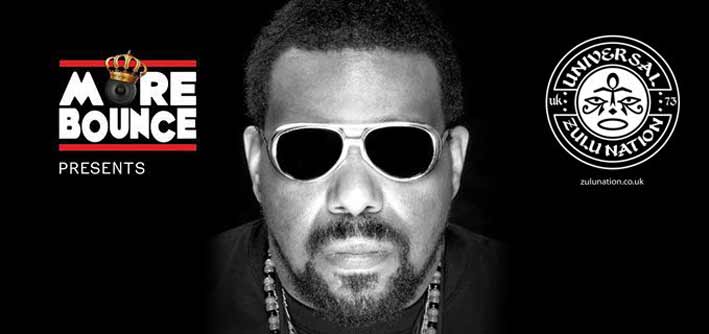‘It was shot in eighteen days on a low budget and I like to say that, at the end of it, because I want you to watch it and forgive it nothing because I wouldn’t change anything or want anything changed.’
Co-writer and actor Celyn Jones discusses artistic choice and the production process behind the Dylan Thomas biopic – Set Fire to the Stars.

‘The genesis of it really, is that I always thought that I should play Dylan Thomas, it just felt right to me. I connected with the words and I connected to the image of the guy.’
Unlike the wistful beauty of a man portrayed in ‘The Edge of Love’, an earlier Thomas biopic, prepare yourself to meet a bloated, inebriated version of what was.
Jones plays an aimless version of the poet opposite the character of John M Brinnin (Elijah Wood) a would-be poet and academic who is tasked with the guardianship of disorderly Dylan.
The biopic, something Jones describes as a ‘two hander buddy movie’, plucks out a short period from the life of Dylan Thomas focusing on his first tour of America in 1950.
…If you turned the camera two inches to the left you would see a Yates’ wine lodge and people fighting over a kebab.’
‘I met Andy Goddard who directed the film brilliantly. We wrote the script together and decided that if we wanted to do it that we would do the first week of the first trip to America, which is the apex of the relationship between John and Dylan seen through the eyes of John.’

The film emphasises Thomas’ lack of passion for almost everything but booze and booze-fuelled evenings.
The recital of his own poetry is a haunting taunt of who he once was. This brief allusion to context also appears in the form of a letter from Thomas’ wife generating as it does a mirage of Caitlin Thomas (Kelly Reilly) who appears to the poet in desolated woodland.
The action was drenched in monochrome, reminiscent of the eccentricity of Film Noir and its obscure tales, trials and tribulations. But consistent with a low budget, Jones justified the choice, artistic or other for the vintage style.
‘People usually want to know why black and white – firstly we think Dylan Thomas exists in black and white, there’s no moving image of Dylan, no recorded voice .This is a chance to really set it within that time, but also we had to turn Swansea into New York, you need black and white, you need smoke, you need music, you need jazz, you need some brilliant actors. If you turned the camera two inches to the left you would see a Yates’ wine lodge and people fighting over a kebab.’
With a soundtrack composed by Gruff Rhys, an array of talented English and American actors and a story focused on one of the greatest poets to have put pen to paper it seems that Set Fire to the Stars should be a box office victor, a consideration seemingly less important to Jones’ than capturing and displaying some alternative significance from this brief ‘slice’ of Thomas’ life.
‘By taking this slice of life, and this very important relationship, and the apex of the relationship, you learn a lot from Dylan. He can be the beast, the angel, the madman.’

